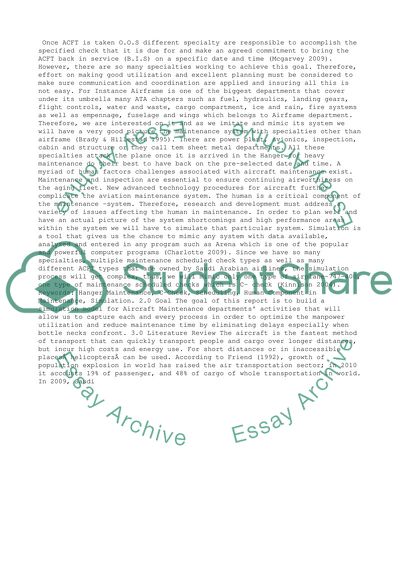Cite this document
(“Building smulation model by arena to ptimize airplane C3 check Essay”, n.d.)
Retrieved de https://studentshare.org/management/1478215-building-smulation-model-by-arena-to-ptimize
Retrieved de https://studentshare.org/management/1478215-building-smulation-model-by-arena-to-ptimize
(Building Smulation Model by Arena to Ptimize Airplane C3 Check Essay)
https://studentshare.org/management/1478215-building-smulation-model-by-arena-to-ptimize.
https://studentshare.org/management/1478215-building-smulation-model-by-arena-to-ptimize.
“Building Smulation Model by Arena to Ptimize Airplane C3 Check Essay”, n.d. https://studentshare.org/management/1478215-building-smulation-model-by-arena-to-ptimize.


